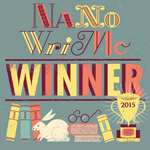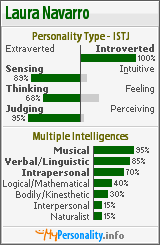I received this advanced readers copy through the Early Reader program of Library Thing.
I was interested in the book because my aunt has pointed out that we are descendants of the MacDonald’s and the most notable thing she mentioned was the murder of the MacDonalds by the Campbells after partaking of their hospitality. This Massacre of Glencoe sounded interesting, and when I saw a novel written around it, I thought it would be a wonderful way to learn more about the time and the event. Historical fiction can be very good.
I am not one to speak of the historical accuracy of the book. But the author seemed to capture the shifting of the allegiances of the time, and the ways of survival.
The protagonist, an independent young woman, hounded and chased as a witch, is very well spoken. She is imprisoned for some reason after the massacre. An Irishman who is searching for evidence to drive out William the Orange and bring back the Stuart dynasty, comes to her asking for details of the massacre. He has heard that it was done by soldiers, at William’s orders. She promises to tell him what he asks, but in return she wants to tell him her story. She is going to die soon, burned as a witch in punishment for helping the MacDonalds escape.
What follows is a well-written story of life as a woman labeled as a witch, even before choices for a normal life can be made. The quick judgments we make about people and how the labels we assign don’t tell us all we could know about a person. I liked Corrag, and I liked how Charles Leslie changed as he heard her story and got to see her as a person. I also like Jane Leslie, his wife. And I learned a bit about how the Glorious Revolution of William the Orange affected those as far away as the Scottish Highlands. And how being six days late to make an oath can be grounds for murder.



